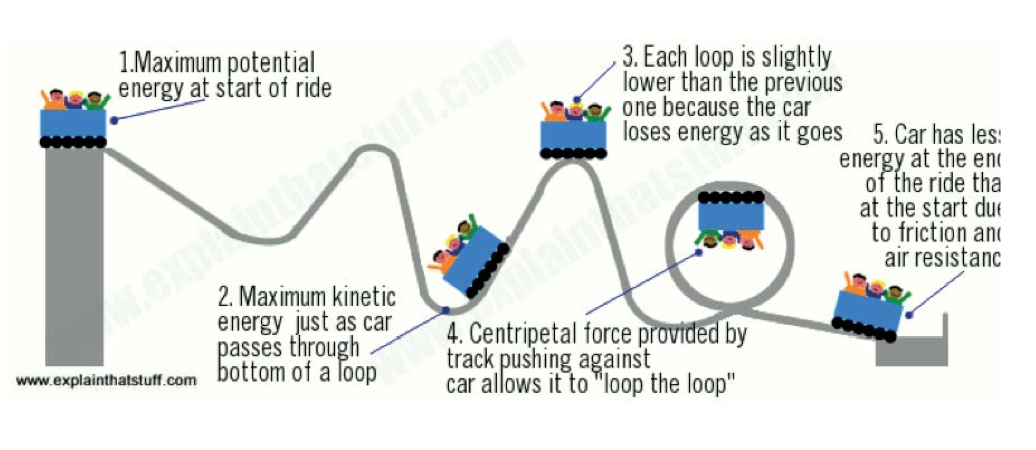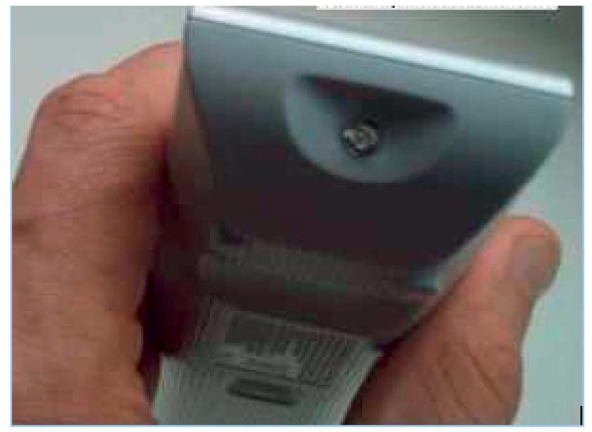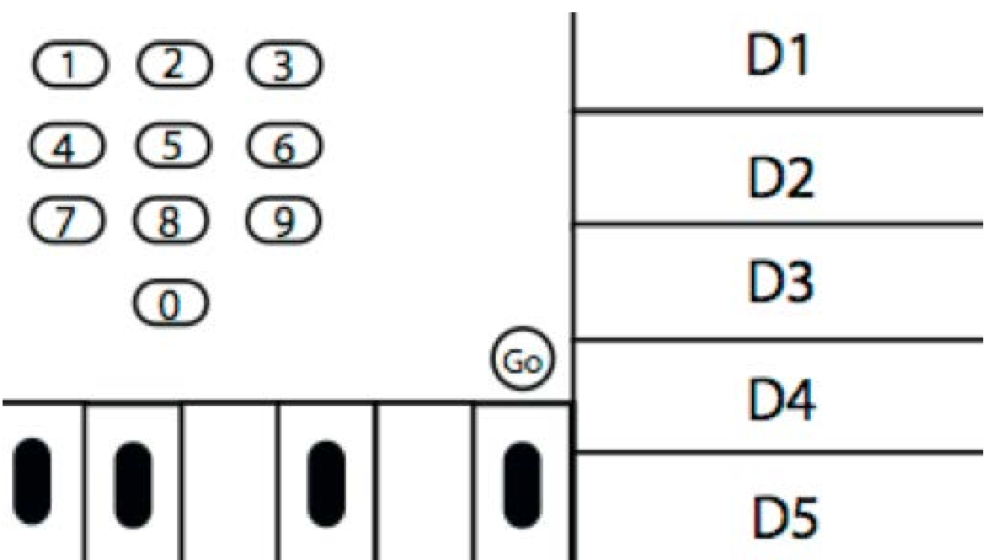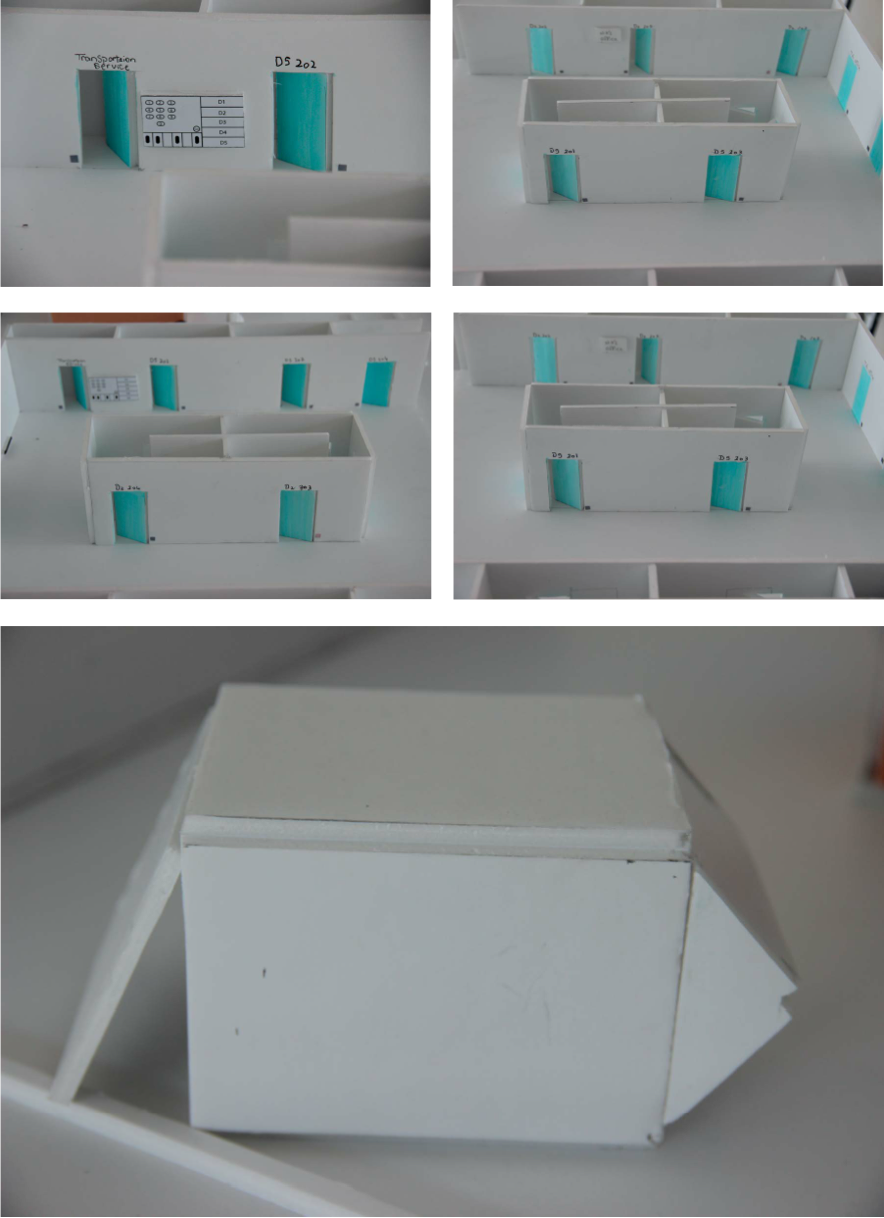


This system is very simple. A series of clamps is positioned at the end of the track and at a
few other braking points. A central computer operates a hydraulic system that closes these clamps when the train needs to stop. The clamps close in on vertical metal fins running under the train, and this friction gradually slows the train down.
few other braking points. A central computer operates a hydraulic system that closes these clamps when the train needs to stop. The clamps close in on vertical metal fins running under the train, and this friction gradually slows the train down.

(a) The roller coaster is brought to the highest point.
(b) The potential energy of the coaster decreases, but the speed and the kinetic energy increase.
(c) After passing through the «valley», the height of the coaster increases, but the speed and the kinetic energy decrease.
(d) Due to frictional lost, the mechanical energy of the coaster has decreased, so the second «hill» has to be lower than the first one.

The higher position it is, the larger potential energy it has. After passing the highest position, it goes down the hill, both the speed and the kinetic energy increase. By conservation of energy, the potential energy will decrease and transform into kinetic energy.



Human eyes can›t detect infrared, so even if you press the buttons on your remote and stare at the LED you won›t see anything happening. Some animals, including rattlesnakes, can detect infrared. Rattlesnakes have tiny infrared detectors buried in pits near their eyes, which work a bit like the infrared detectors on your TV. By homing in on infrared heat, snakes can locate prey at night when there›s no ordinary light to see by.

What would happen if you pointed a TV remote control at a snake and pressed the buttons? Maybe it would think you were a mouse and slither over to eat you. It›s unlikely you could control a rattlesnake with a TV remote—and I don›t recommend you try!

Inside the shaft are hoisting cables attached to the top of the car. The cables run over a sheave (pulley) connected to
an electric motor at the top of the shaft. The other end of the cables is connected to a heavy steel weight called a counterweight. When the car goes up, the counterweight goes down; when the car goes down, the counterweight goes up.
Weight of counterweight = Weight of the car + (about) 1⁄2 of its maximum passenger load




Pre Model

The man will look for the room number code that is on the project that shows which room that this project is going to be delivered .
It will be transported by an electronic car.
After putting the project on the electronic car controlling it by a touchable screen which is connected to all the cars parking by the Bluetooth .
It will be transported by an electronic car.
After putting the project on the electronic car controlling it by a touchable screen which is connected to all the cars parking by the Bluetooth .
• The man first chooses the car that is available
• Then he chooses the place (D2)
• The room number (202)
• Finally he gives the permission to start its journey with the go button.
• Then he chooses the place (D2)
• The room number (202)
• Finally he gives the permission to start its journey with the go button.



When the car arrive back to its parking place, there is a magnet on the wall that grab the car which also have magnets. When the two magnets touch each other the car starts to charge for other users to use it.
It works with a chargeable battery.
It works with a chargeable battery.





